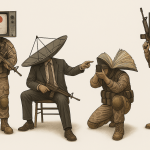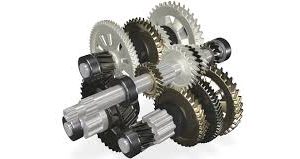جمعه, ۷ آذر , ۱۴۰۴ 8 جماد ثاني 1447 Friday, 28 November , 2025 ساعت تعداد کل نوشته ها : 211 تعداد نوشته های امروز : 0 تعداد اعضا : 7 تعداد دیدگاهها : 4×
اوقات شرعی
Shaft bearing, diameter 8 mm, HQM, model LME8, made in China (original imported)
: Info Table
P-Name:
:P-Brand
:Port Number
:Size
:Catalog
:About Product
were invented when there was a problem with the reciprocating motion of a guide rod. The problem was that the length of the guide rod was directly related to the deflection of the rod (the longer the rod, the greater the deflection), which was solved by using a bearing base; but the sliding bearing used caused increased friction. To solve this problem, engineers combined the bearing with balls and bushings, ultimately leading to the invention of the linear bearing .
As mentioned, bearings can be used in reciprocating mechanisms, for example, linear bearings in CNC machines , linear bearings in fitness machines , and linear bearings in milling and turning machines . Linear bearings provide movement along the guide rod without play and loss of accuracy.
There are different types of linear bearings in different sizes and specific load capacities, including plain bearings , flanged bearings , block bearings , and grooved bearings without and with flanges, which you can purchase from
Cooperation with Companies









